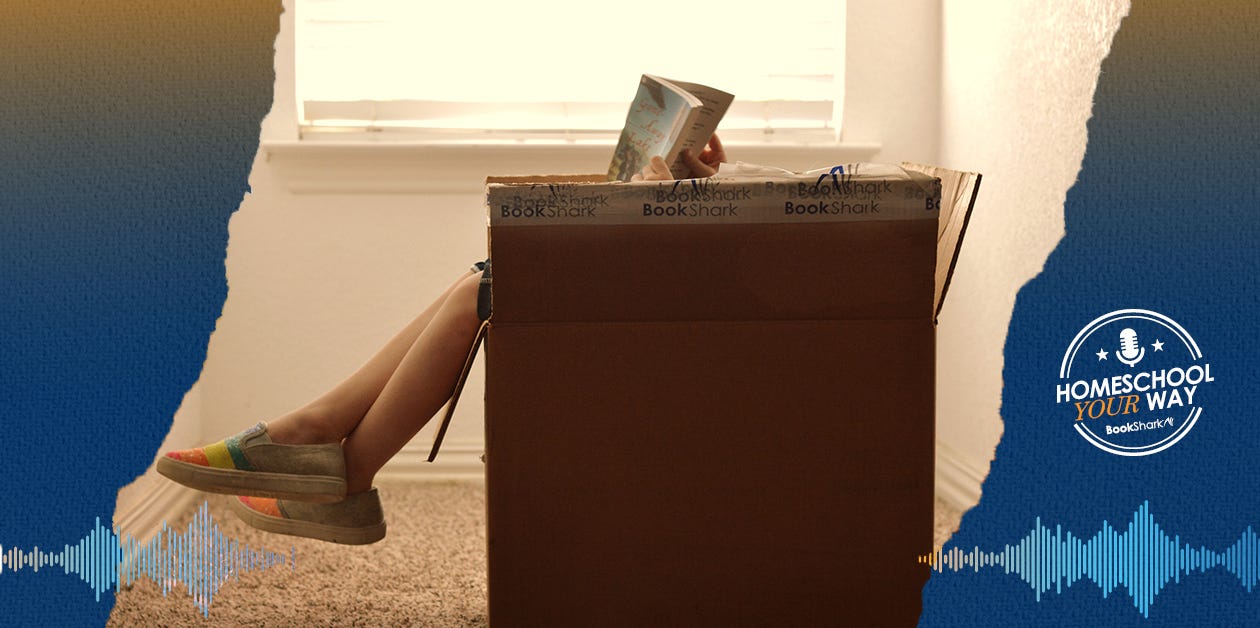Why It's Okay for Kids to Redo Their Work and Retake Tests
-
 By
Kelly Sage
By
Kelly Sage
- Oct 20, 2021

Roald Dahl said, “By the time I am nearing the end of a story, the first part will have been reread and altered and corrected at least one hundred and fifty times. I am suspicious of both facility and speed. Good writing is essentially rewriting. I am positive of this.”
While I believe Dahl is right, if my children thought they needed to revise a story one hundred and fifty times to produce good writing, they’d never pick up a pencil again. But if not one hundred and fifty times, then how many?
How many times should our child retake a test, re-do an assignment, rework math problems, or revise their writing? Should they do their best the first time or be given as many times as it takes to get it right?
Depending on whom you talk to, the answer varies. If you believe, as I do, the point of an assessment is to see what the student retained so they can continue to build skills and learn, then like me, you believe revision is essential. But revision can feel like a punishment. A redo can be synonymous with failure. I wonder if instead of asking how many times my child should revise, we ask, how can I help my child see revision as part of the learning process.
Before we ask a child to retake a test or re-do a worksheet, we need to make sure the assessment genuinely captured what we hoped to assess. A child who struggles with test taking may be able to answer the test questions correctly when they are asked orally. Instead of assessing what a child knows about World War I (your goal), the test could be assessing their test-taking, reading, or writing skills. A child who struggles with sitting still or following directions might struggle with workbooks. Is a blank page an assessment of what they know, or how they are being asked to show what they know?
Once we know what our child needs to learn, it’s important we, too, embrace revision. We have to check in with ourselves. Do we want our child to hurry up and get something done so we can mark it off of the Instructor's Guide, regardless of the outcome? Here are five ways we can all see the importance of revision and help our children find success.
1. Focus on a Growth Mindset
Revision is part of the learning process. It is not the final step, nor is it a means to perfection. There is no end point when it comes to learning. The more we practice and dig into a skill, the more we deepen our knowledge.
Assessments given without the chance for revision can offer students the idea that their learning has an end.
- They get an A+, the skill is mastered, and it's time to move on.
- They fail and therefore know nothing.
Neither is true. When we encourage students to revise, rework, and relearn skills as needed, we empower them to become lifelong learners.
2. Allow Plenty of Time
Learning is not a race. Homeschooling allows us to slow down and offer our children plenty of time to make sure learning happens. We can slow down our curriculum. We can pause and come back when our child is ready, break down skills into smaller parts, and take our time.
 3. Help Kids Practice Skills in a Variety of Ways
3. Help Kids Practice Skills in a Variety of Ways
Drilling kids or using a method that isn't working over and over will only lead to frustration. Once you identify a skill your child needs to work on, use a variety of ways to help them practice. If your child needs to work on fractions, cook something together. Play games where they practice multiplication, spelling, and grammar. Approach the learning from different angles, use multimedia, and apply hands-on methods. The more fun and engaging learning is the more it will stick.
4. It's Okay to Practice One Skill At a Time
While revising an essay by hand allows a child to practice handwriting and writing at the same time, doing so over and over could lead them to hate revision, handwriting, or both. Computers make revision a lot less painful. Once they get their writing just the way it needs to be, they can always copy it or something else to practice their handwriting.
5. There Are Many Ways to Revise
Revision doesn’t have to look like red pen marks and rewriting the same paragraph over and over. It shouldn't feel like a punishment. If a child is struggling with organizing their writing, have them cut up their paragraphs and sentences and revise by rearranging them in a more cohesive manner. Do a scavenger hunt with their writing and have them first find all the capitalization errors. Another time look for the spelling errors or missing periods. Give them fun pens and let them grade themselves.
You don't have to even call it revision. We're just continuing to learn.
When we help our children embrace a growth mindset, offer plenty of time to learn and practice a skill, make sure the assessment is measuring what needs to be assessed, practice one skill at a time, and use revision as tool instead something that feels tedious or like a punishment, the number of times something takes doesn't matter. What matters is learning happens, the child finds success, and the child is motivated to keep learning.
About the Author

Kelly left teaching middle and high school English to homeschool her children and reclaim how she and her family spent their time. Followers of interest-led learning, her family's days rarely look the same, but they tend to include a lot of books, art supplies, and time outside.
Kelly facilitates local writing circles for women and children and blogs about nurturing the love of learning on her blog, Curiosity Encouraged. She loves to journal, read memoirs, hike, and travel. She seeks quiet mornings and good coffee daily.









